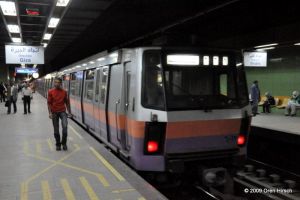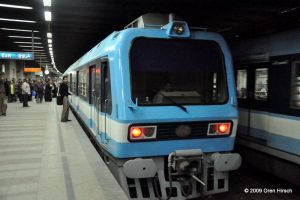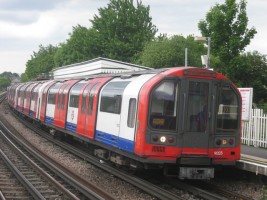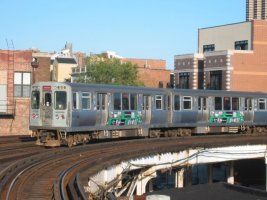The holiday shopping season is well underway. If you’re reading this, odds are you wouldn’t mind receiving or are looking for ideas for transportation related gifts. The Chicago Tribune recently compiled a list of CTA and METRA themed holiday gifts and links to where you can find those items for purchase. Many other transit agencies, including New York City Transit and WMATA, also have online gift stores that you can peruse. While a friend of mine has received three copies of Transit Maps (and doesn’t seem bothered by the fact based on my conversation about it with him), I hope some of these links are useful if you’re looking to make sure the person you are giving Happy shopping!
Oren’s Reading List is an occasional feature on The Travelogue in which I share articles that I’ve read that might also be of interest to the readers of this website.




